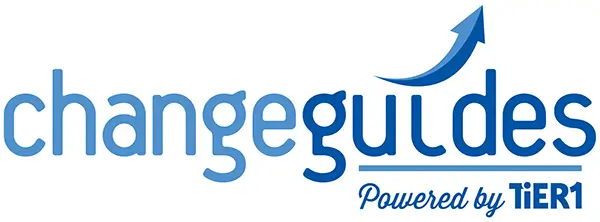Assessing Effort to Manage the People Side of Change
For years, people have asked us how we “scope” consulting work on projects. So we finally decided to create a tool that captures how we decide how much effort will be required to manage the people aspects of a change. The tool is called the Change Management Effort Assessment. The tool will be included in the upcoming second edition of The Change Management Pocket Guide.
Sure, we would love it if you ran out and go the book, but you can think about these same ideas on your own to assess how much effort will be involved in managing the people side of an organizational change.
Of course, like any tool, it is not a magic bullet. But it provides the process and the critical considerations to define how much effort will be required to plan and execute an effective change management strategy. When deciding how many resources to apply to a change management project, it is important to consider both the degree of the change, as well as the expected difficulty of managing the change.
The degree of the change is an assessment of how broad the change will reach, and how different the new ways of working are from the current ways. The things to think about when assessing the degree of the change are: how many people are impacted by the change, the severity of the gap between the way things are done today and the way they need to be done in the future, and the extent to which there are other projects or changes going on within the environment that will add complexity to the change.
The difficulty of managing the change includes many factors that make changes more challenging to manage. They include things such as the involvement of unions or legal issues, the volume and frequency of communications that will be needed, the level of training that will be required, and the degree of changes in performance measures and HR structures that will be needed to support the change.
Situations that involve a “low degree of change” and a “low difficulty of managing the change” naturally require less resources than situations that have higher degrees of change or more difficulty in managing the change. Based on the results of the assessment, managing change could be an activity that is managed by a team member along with their other project responsibilities, or a full change management team that is dedicated to managing the people aspects of the change.
Of course, every change is unique. A change that impacts 30,000 people around the world by asking them all to change one small thing that they do on a weekly basis has a high degree of change, and is very complex (think about the language and time zone issues, the different leadership structures that need to be involved, etc…). At the same time, a change that impacts only 50 people but changes their entire jobs from top to bottom also has a high degree of change, and is very complex (think about the changes in compensation and benefits that might result, the potential for letting some people go, etc…).
Don’t forget to use what you know about the organization, the change, and the people involved. But using a Change Management Effort Assessment will help you get a good head start on defining how much effort will be needed to manage the people aspects of the change.
If you want to see our version of a Change Management Effort Assessment, check out the Change Guides website (www.changeguidesllc.com) to find out when you can get a copy of the upcoming Change Management Pocket Guide. And let us know how it is working for you!
